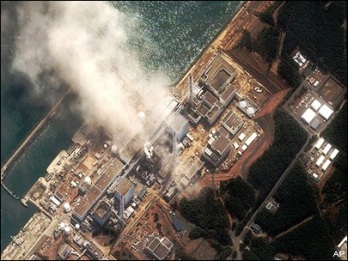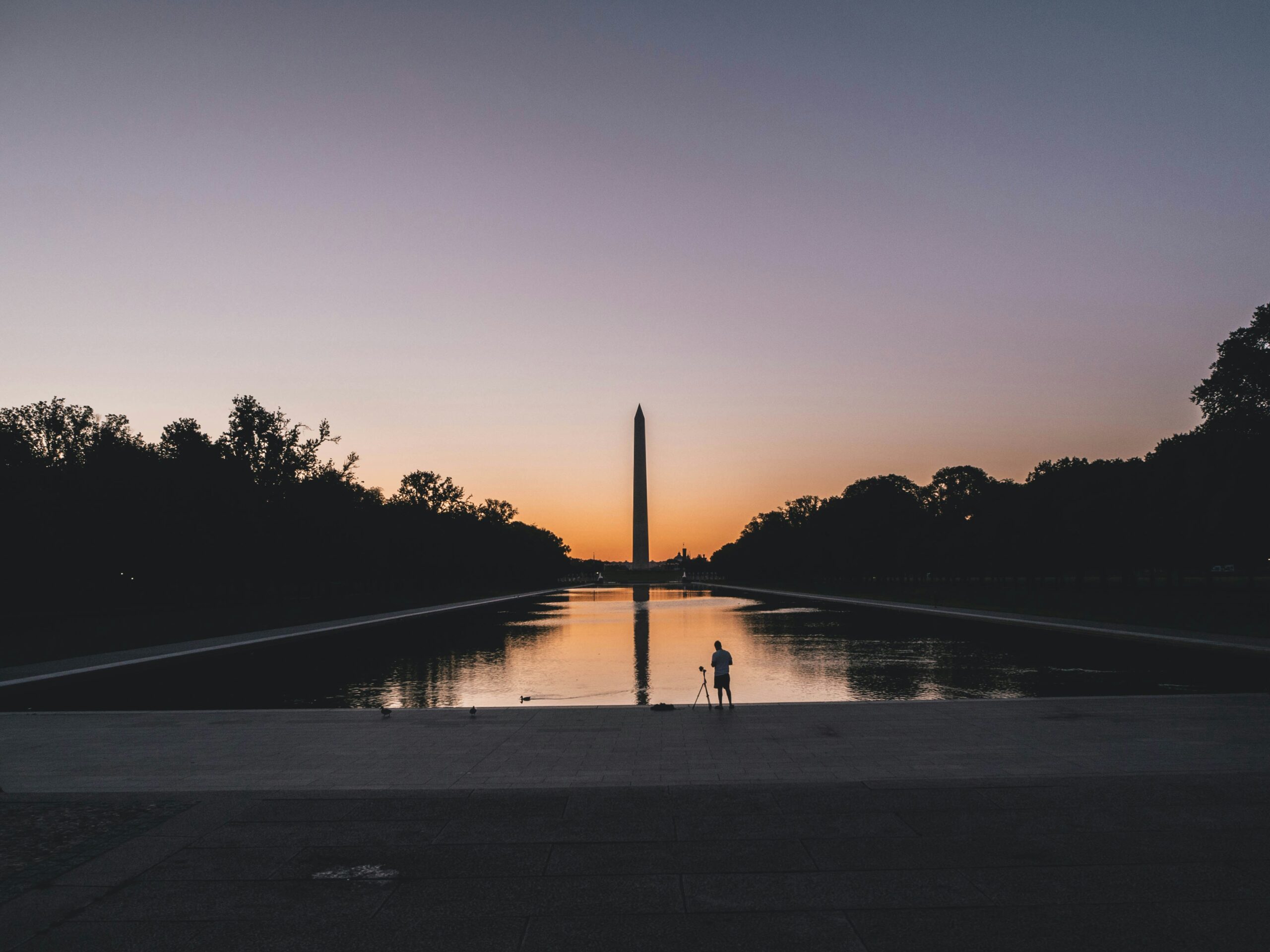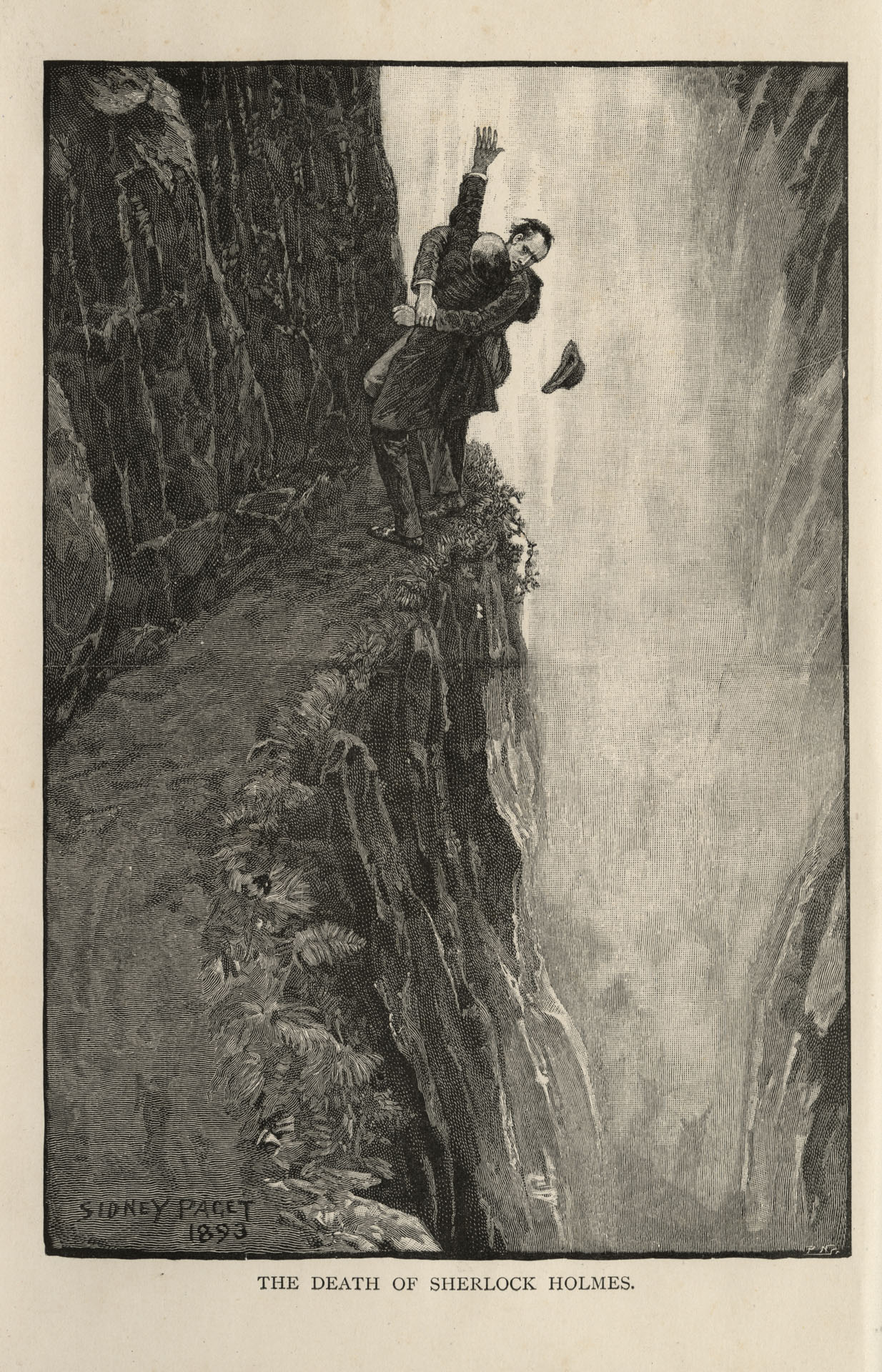As the aerial photo illustrates, Japan’s Fukushima Dai-ichi nuclear facility suffered yet another explosion on March 14 raising the threat of more catastrophic radiation danger in the immediate region and possibly abroad.

In this timely essay, nuclear peace advocate David Krieger discusses what may well be a final wake-up call regarding any use of nuclear energy.
Our hearts go out to the people of Japan, who are suffering the horrendous effects of a massive earthquake and devastating tsunami. Watching the news clips of the natural disasters in Japan makes us realize yet again, the enormous power of nature and the limits of our capacities to control such power. Large buildings, roadways, and bridges buckled before the shockwaves of the earthquake. Cars and trucks, even houses, seemed like small toys when they were swept away by the tsunami waves hitting the Japanese coastline.
In Japan, electric power has been knocked out for millions of people. But the dangers are far greater than those associated with the temporary loss of power. Some of Japan’s 55 nuclear reactors lost primary and backup power, which in turn led to core cooling problems, partial meltdowns and radiation releases within the reactor control rooms and into the atmosphere, with possibly far worse radiation releases still ahead. Three of Japan’s nuclear power reactors have reportedly experienced explosions. Some 200,000 people have been evacuated from around the damaged nuclear power plants.
So far, there has not been much reporting on problems with spent fuel storage pools, but these pools that hold used fuel rods could prove to be the most dangerous of all facts of the disaster. They contain vast amounts of radiation, several times the amount in a reactor core. If these spent fuel pools lose their cooling source, they could spew radiation into the atmosphere, creating a tragedy of even greater proportions than did the 1986 nuclear accident at Chernobyl in the Ukraine.
The major lessons to be drawn from the tragedy in Japan are: first, nature’s power is far beyond our ability to control; second, the nuclear industry, in Japan and elsewhere, has arrogantly pushed ahead with their dangerous technology, assuring the public there is no reason for concern; third, the reassurances of self-interested nuclear “experts” are not to be trusted; and fourth, the nuclear power plant failures in Japan are a final wake-up call to replace nuclear power with safe, sustainable and renewable forms of energy.
There are 440 commercial nuclear power plants in the world. Of these, the U.S. has 104, nearly twice as many as Japan. Many of the U.S. plants are of the same design as those that are failing in Japan. President Obama’s 2012 budget calls for $36 billion in loan guarantees to subsidize new nuclear power plants.
California, known for its propensity for earthquakes, has two nuclear power plants, one at Avila Beach, north of Santa Barbara, and one at San Onofre, between Los Angeles and San Diego. Both plants are located near major fault lines. The Diablo Canyon power plant at Avila Beach is situated near the San Andreas and Hosgri fault lines. The San Onofre plant is located less than a mile from the Cristianitos fault line. Diablo Canyon is designed to withstand a 7.5 magnitude earthquake and San Onofre to withstand a 7.0 magnitude earthquake, but as Japan has shown us earthquakes can come in larger sizes.
We know that we humans cannot control earthquakes. Nor can we control tsunamis or other natural disasters. What we can control is our own technologies and we can say “No” to technologies that are catastrophically dangerous. Natural disasters and nuclear power plants are a deadly mix. Disasters intentionally caused by terrorists could also result in the release of radiation from nuclear power plants.
Mother Nature has given us a deadly warning that it is past time to end our reliance on nuclear power and invest instead in solar power, the only safe nuclear reactor that exists – 93 million miles from Earth. The question is: Will the disaster in Japan open our eyes to the need for change, or will we be content to continue to tempt fate and simply hope that we do not become the next place on the planet where nuclear power fails catastrophically?
David Krieger is president of the Nuclear Age Peace Foundation (www.wagingpeace.org), an organization that has worked since 1982 to educate and advocate for a world free of nuclear weapons.
Comments









